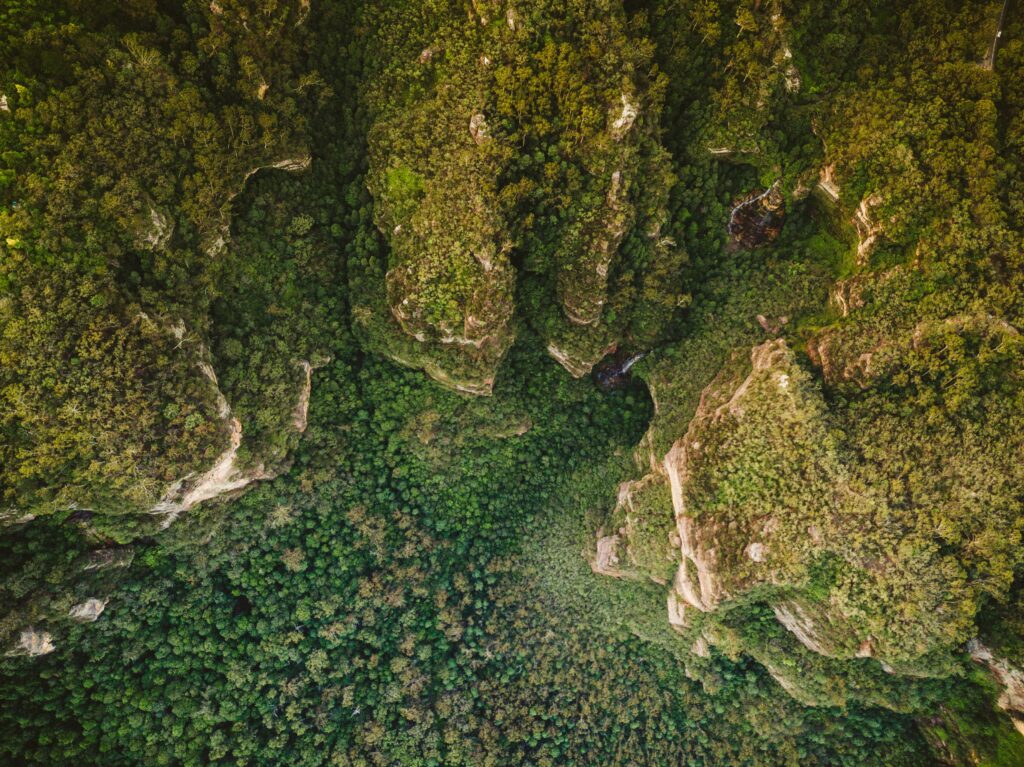Australia is home to over 250 Indigenous languages, a reflection of the country’s rich and complex cultural heritage. Sadly, many of these languages are endangered, with only around 13 remaining strong. In response to this, Sydney Translation Services is committed to supporting the preservation and revitalisation of these languages by providing professional translation and Desktop Publishing (DTP) services. Our DTP services ensure that Indigenous languages, many of which possess unique structures and sounds, are preserved in both print and digital formats.
The Importance of Indigenous Languages
Indigenous languages are an essential part of Australia’s cultural identity. They carry histories, traditions, and knowledge systems that have been passed down through generations for thousands of years. However, due to colonisation and the displacement of Indigenous communities, many of these languages are now at risk of being lost. Only a small number of Indigenous languages are still spoken by all generations, and many face the possibility of extinction if not actively preserved.
Language conservation efforts are critical, not only to keep these languages alive but also to maintain the cultural integrity of Australia’s Indigenous communities. Sydney Translation Services supports this goal by offering translation and DTP services that cater specifically to the needs of Indigenous languages, ensuring their continued use and relevance in today’s world.

Indigenous Languages of Australia: A Closer Look
- Pitjantjatjara: Spoken by the Pitjantjatjara people in the Central Australian desert, particularly in the Anangu Pitjantjatjara Yankunytjatjara (APY) lands in South Australia, Northern Territory, and Western Australia. Pitjantjatjara is one of the stronger Indigenous languages, still spoken fluently by all generations.
- Arrernte: The Arrernte language is spoken around Alice Springs (Mparntwe) in the Northern Territory. Central and Eastern Arrernte are among the most widely spoken dialects, and there are significant efforts to keep the language vibrant through community education and use in daily life.
- Yolŋu Matha: This term refers to a group of languages spoken by the Yolŋu people in northeast Arnhem Land, Northern Territory. Several dialects, such as Gumatj and Djambarrpuyŋu, are still spoken, and the language is integral to Yolŋu cultural practices, law, and education.
- Noongar: Spoken by the Noongar people in the southwest corner of Western Australia. Although few fluent speakers remain, the language is undergoing revitalisation, and there are community-driven efforts to reintroduce it through schools and cultural programs.
- Gumbaynggirr: Spoken by the Gumbaynggirr people of the mid-north coast of New South Wales, this language has been the subject of revitalisation efforts. Educational programs and community projects are contributing to a growing number of new speakers.
- Wiradjuri: Spoken in central New South Wales, Wiradjuri is one of the largest Indigenous language groups. There has been a strong push to revitalise the language, with increasing interest in learning Wiradjuri among both Indigenous and non-Indigenous Australians.
- Warlpiri: Warlpiri is spoken in several communities in the Northern Territory, including Yuendumu, Lajamanu, and Nyirrpi. The language remains strong, with children in these communities still learning and speaking Warlpiri as their first language.
- Djabugay: This language is spoken by the Djabugay people of the rainforest region near Kuranda, close to Cairns, Queensland. While the number of speakers has decreased, there are revitalisation projects underway to preserve the language, especially through educational resources.
Desktop Publishing (DTP) for Indigenous Languages
At Sydney Translation Services, our commitment to Indigenous language preservation extends to specialised Desktop Publishing (DTP) services to ensure that the visual presentation of documents remains intact, regardless of the language.
DTP involves the formatting and design of materials in ways that are faithful to the language’s characteristics, ensuring that fonts, scripts, and symbols unique to Indigenous languages are properly represented. Whether these materials are intended for educational purposes, community projects, or cultural preservation, our DTP services ensure that every detail is respected and accurately presented.
For languages like Pitjantjatjara or Yolŋu Matha, which often feature unique phonetic elements, DTP requires a precise approach. Similarly, languages with multiple dialects, such as Arrernte or Yolŋu Matha, may require tailored layouts to accommodate variations in spelling and structure. Our team is equipped to handle these challenges, producing polished documents suitable for both print and digital media.
Supporting Cultural Heritage Through Language
Sydney Translation Services believes that language is a vital link to culture and history. By providing translation and DTP services for Indigenous languages, we aim to support the continued survival and relevance of these languages in modern contexts. Whether through the creation of educational resources, community publications, or digital platforms, we are dedicated to ensuring that Indigenous languages remain vibrant and accessible for generations to come.
With our expert team, you can trust that your Indigenous language project will be handled with the care and respect it deserves. We work closely with linguists and community members to ensure that each translation and DTP project not only conveys meaning but also honours the cultural significance of the language.
For more information on how Sydney Translation Services can assist with your Indigenous language project, feel free to reach out and explore the possibilities of preserving Australia’s linguistic heritage.
